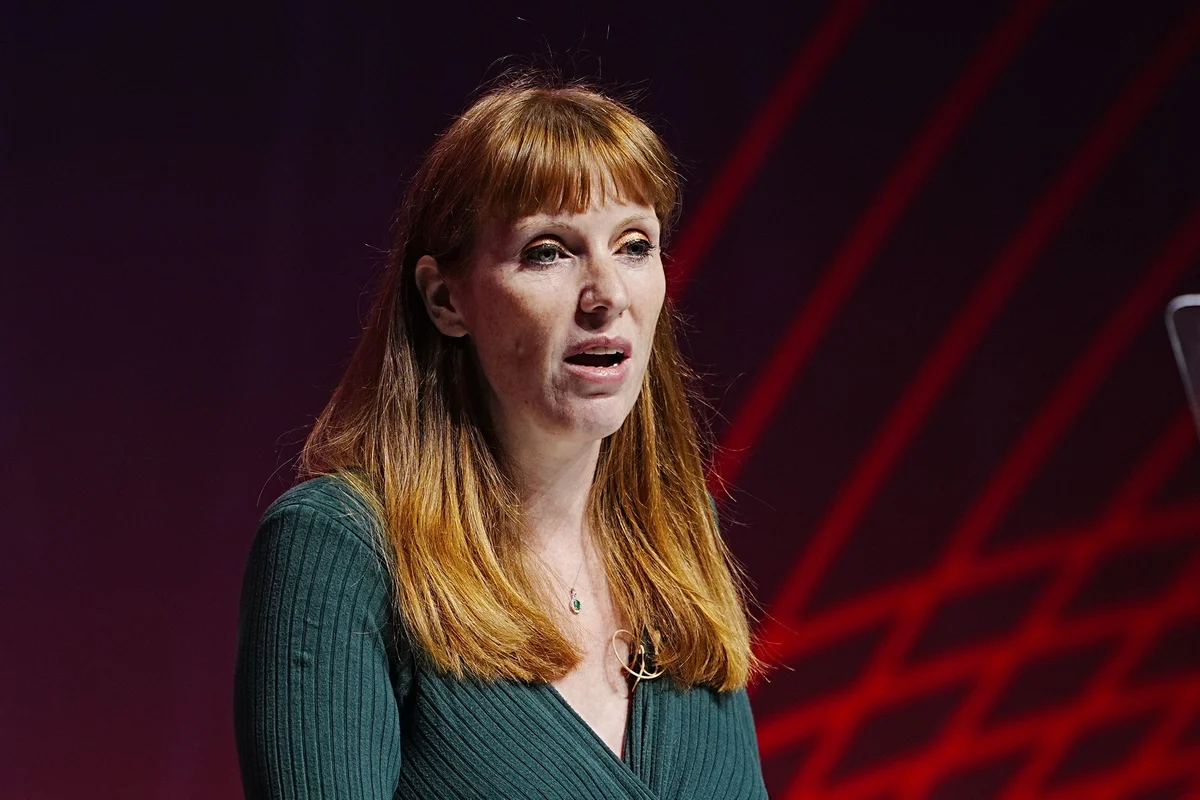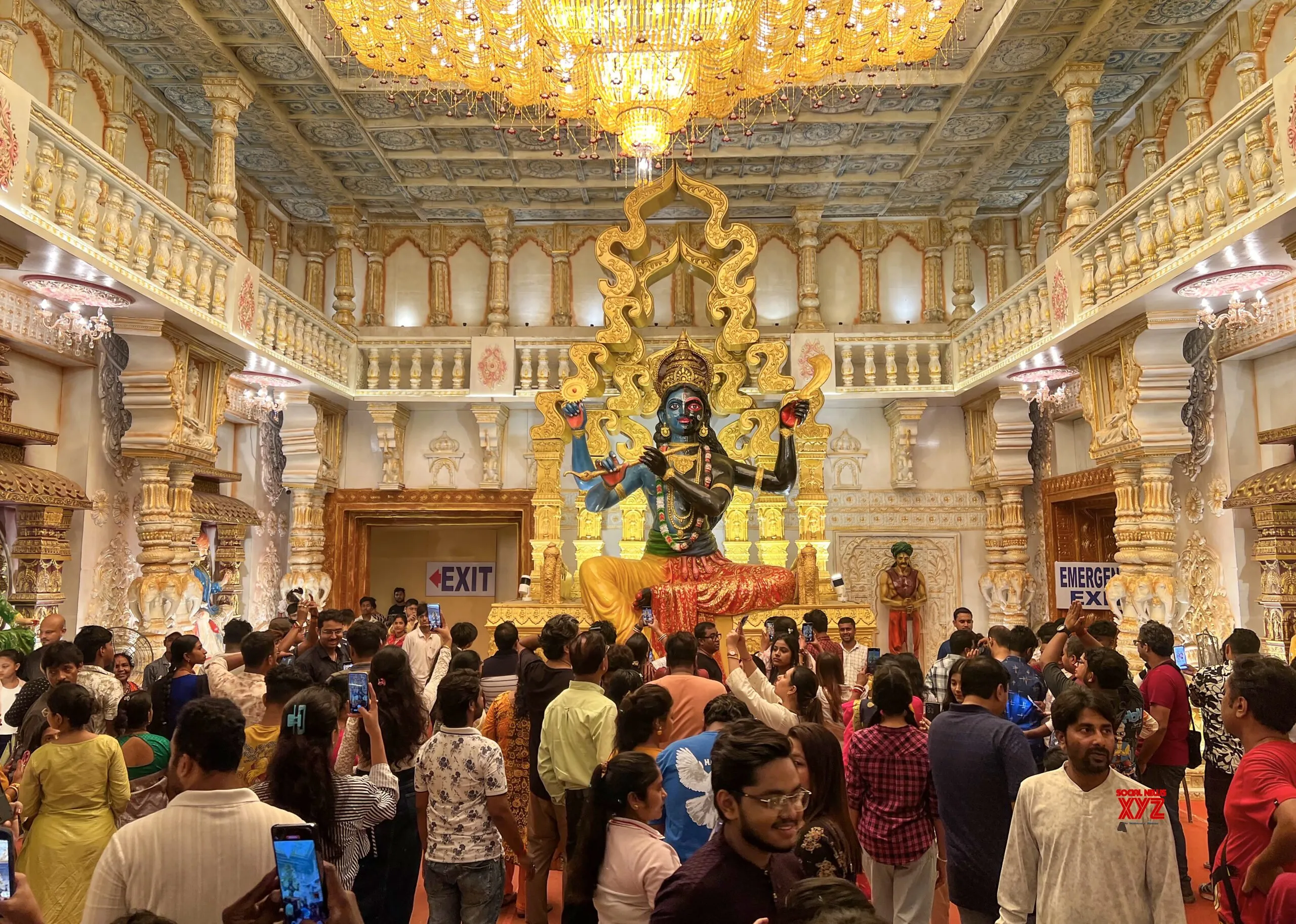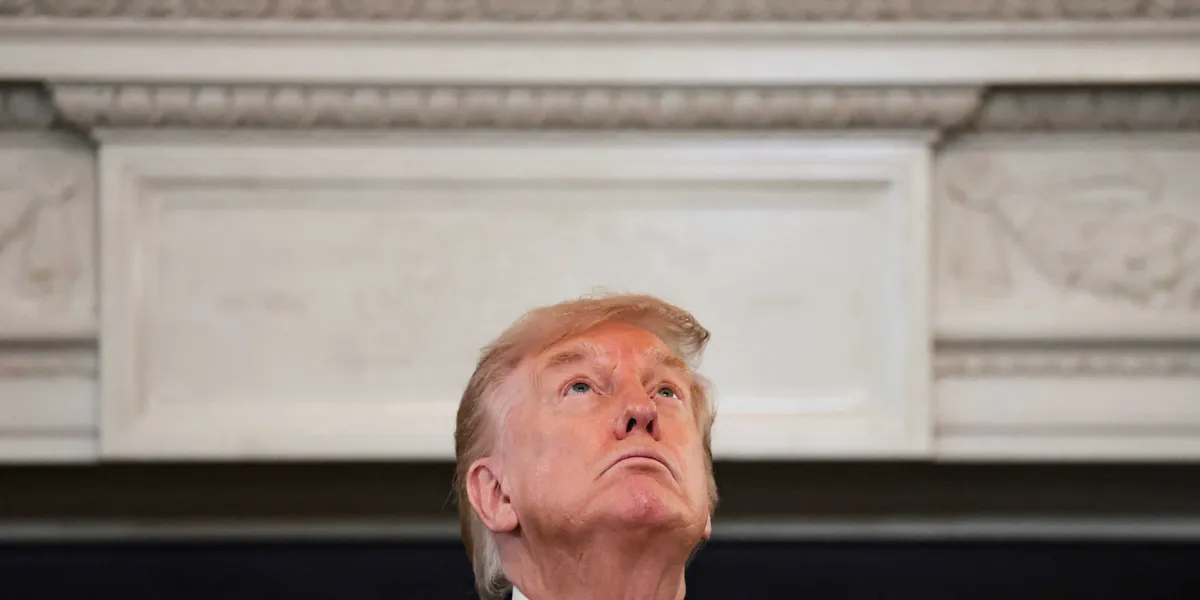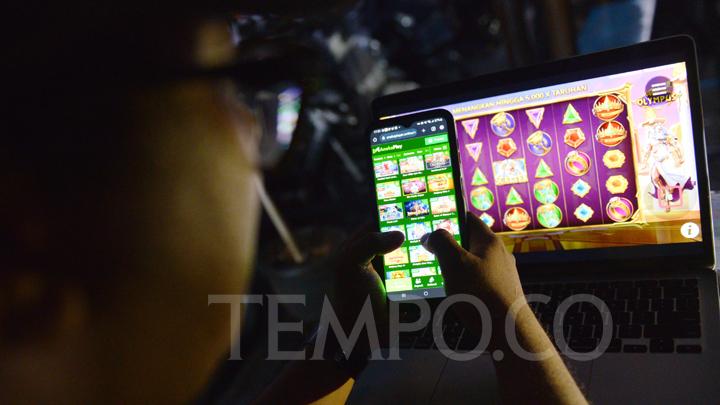Copyright forbes
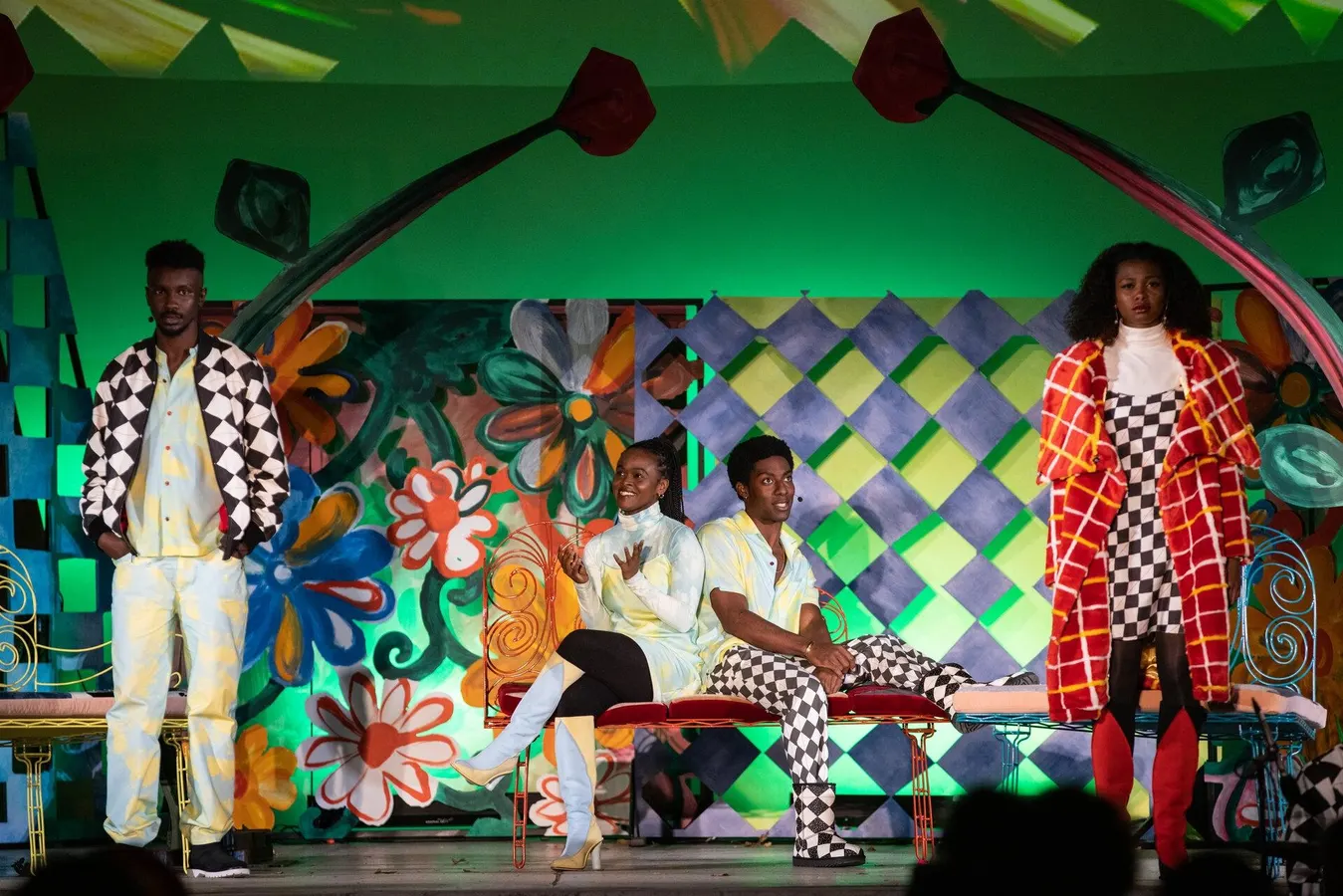
Tschabalala Self, 'Sounding Board.' A Performa Commission for the Performa 2021 Biennial. Costumes designed by Tschabalala Self with UGG. From left to right: Hunter Bryant, Alexis Cofield, Cj Hart, Imani Love. Walter Wlodarczyk. Courtesy of Performa. Contemporary visual artists commissioned to produce live performance art. Painters and sculptors collaborating with dancers and composers and choreographers making music and theatre. That is the Performa Biennial in a nutshell. Artists of different genres working together. Twentieth century Western art overflows with these collaborations although their number and impact have been underrecognized and undervalued in popular art history storytelling. Jean Cocteau and Igor Stravinsky working together on an opera in the 1920s. Robert Rauschenberg working with dancer and choreographer Merce Cunningham in the 1960s. Throughout the month of November, the Performa 2025 Biennial spreads out across New York City bringing together 54 artists from diverse backgrounds, generations, and disciplines along with collectives from around the globe, turning the city into a stage for experimentation, presenting new commissions, collaborations, and projects in partnership with leading cultural institutions. Becoming Performa Barbara Kruger, Untitled (Skate). A Performa Commission for Performa 17 Biennial. Paula Court. Courtesy of Performa. “The starting point was to be adventurous,” Performa founding director RoseLee Goldberg told Forbes.com. Before thinking about a biennial, Goldberg, an art historian and curator, envisioned creating an organization dedicated to exploring the critical role of live performance in the history of 20th century art while encouraging new directions in performance for the 21st century. Goldberg first dipped a toe in the live performance commissioning business with Shirin Neshat (b. 1957). Goldberg remembers watching a projection and sound installation produced by Neshat when a lightbulb went on. “What if this were a live performance,” Goldberg said. “What if she had these ‘players’ come off the screen into the live space? It was me dreaming that Shirin might do something that would be startling because she had this deep sense of cinematic choreography and time that included sound and politics and the romance of men and women.” Goldberg asked Neshat if she’d be interested in making a performance piece. Neshat, who now serves on Performa’s Board of Directors, was all for it. “Inviting an artist to go where they’ve never gone before,” Goldberg explains of her vision for drafting visual artists without a track record of doing so to create live performance pieces. “The DNA of artists is this huge creativity and imagination that drives them. What am I going to do to astonish myself and others?” The idea of commissioning such projects in numbers and making it a biennial came soon after. Goldberg wanted to provide visual artists willing to take performance risks a boost. Help polish ideas that might be percolating in their studios. Financially support today’s DIY artist collaborations reminiscent of those she remembers as being groundbreaking in the 1970s when she moved to New York; projects that never benefitted from a hand up. New York then was a creative stew that would change the world. Drawn by the allure of the big city and its cultural chops, artists found a haven for collaboration and creativity. And cheap rent. Goldberg paid $200 a month for a 2,000-square-foot loft in 1976. Abandoned industrial spaces abounded. Big and cheap. Big enough for a band to practice, for a dance performance, for large sculptural and installation works to be tackled. Cheap enough for artists to afford. “It was all about downtown, below 14th Street,” Goldberg remembers. “(Artists) owned it. Nobody came below 14th Street. That downtown aesthetic, we’ll use the word ‘underground.’” Who were these artists? Visual artists including Louise Bourgeois, Dan Flavin, Robert Indiana, Jasper Johns, Donald Judd, Robert Mapplethorpe, Brice Marden, Claes Oldenberg, Richard Serra, Frank Stella, and Hannah Wilke. Musicians including Lou Reed, Iggy Pop, Patti Smith, Debbie Harry, and David Bowie. People like Yoko Ono and Andy Warhol who did a little bit of everything. “That period was so much about people meeting on streets in SoHo, talking, people of different disciplines finding each other,” Goldberg added. From all over the country and world artists found each other, and what they did together had never been done before as routine practice. New York’s artistic landscape during the 1970s was highlighted by radical creative experimentation across genres. It was a time when artists broke down the barriers separating art forms and collaborated in newfound ways. Today, they’re called “multi-hyphenates.” They questioned the basic tenets of their different mediums, whether painting, sculpture, dance, music, film, or poetry, leading them to groundbreaking collaborations. The type of collaborations in live performance the Performa Biennial specializes in. That was the New York Goldberg came up in. The New York carried forward in Performa. I Love New York Paul Pfeiffer, University of Georgia Redcoat Band Live. A Performa Commission for Performa 19 Biennial. Walter Wlodarczyk. Courtesy of Performa. “New York in early 2004, everybody (in the art world) was talking about China, Hong Kong, moving to Berlin and London,” Goldberg remembers. “I said I’m not going anywhere.” Performa as an organization was founded in 2004. The first biennial would come a year later. “A New York (that) retains experimentation; that refusal to buy into the commercial wave,” Goldberg said of the New York artistic roots she wanted–and wants–to maintain. “From the beginning, (Performa has) been very much about New York City, but it’s the New York that everybody comes to from all over the world. The New York that artists and singers look to for their career. It still has this huge pull as the centerpiece of the arts.” International New York, not parochial New York. The Performa Biennial’s 11th edition taking place this November–marking the organization’s 20th anniversary–does what New York does best: bring people together from around the world and let them create. In doing so, it shows off the city as well. “I love when people say, ‘I remember when I went to this club in a town that I’ve never been to.’ (Performa’s) a discovery of the city as well,” Goldberg said. A short list of Performa 2025 Biennials includes neo-gothic Harlem Parish, Federal Hall, and the Connelly Theater. “This notion of the artist finding a perfect frame (venue) for the work itself. Not appearing in the same theatre year after year. Taking on the city. It’s not a conventional tourist trip through New York City.” Performa Hub Adam Pendleton, 'The Revival.' A Performa Commission for the Performa 07 Biennial. Paula Court. Courtesy of Performa. The Performa Hub (424 Broadway in the heart of Soho) will act as the festival’s central gathering place for performances, conversations, screenings, installations, and workshops throughout the Biennial, with a special focus on Performa Studio, a new program on dance conceived in collaboration with choreographers Moriah Evans and Isabel Lewis. Performa Studio transforms the Hub into a dynamic laboratory where choreography and movement intersect with visual art, architecture, and everyday life. It will be an open platform for rehearsals, workshops, participatory events and collective inquiry, uniting choreography, somatic practices, and sound. In combination with 14 expert-hosted public sensory walking tours throughout the city, from SoHo and Tribeca to Harlem, Brooklyn, and the East Village, the Performa 2025 Biennial has a mission of connecting visitors to artists, to rehearsals and studios and creative communities–where art is made–furthering engagement beyond simply watching performances. “I’m a deep believer that art changes us and opens us up in deeply felt humanist ways,” Goldberg said. Especially when experienced up close, over time. “The thing about performance that’s different from everything else, it’s about spending time with the artists,” she continued. “Surveys have been done that people at a museum typically spend less than 30-seconds with an artwork.” That’s impossible with a live performance. The Performa Hub will be open daily throughout November from noon to 8:00 PM and makes for an ideal place to being exploration of the Biennial and to purchase performance tickets. More From Forbes ForbesVisit 1970s New York City—Via JacksonvilleBy Chadd ScottForbesNew Book A Reminder Why New York City Will Always Be Beacon For America And The WorldBy Chadd Scott ForbesArtists Imagine A World Of Repair Supported By Reparations In BrooklynBy Chadd Scott Editorial StandardsReprints & Permissions
